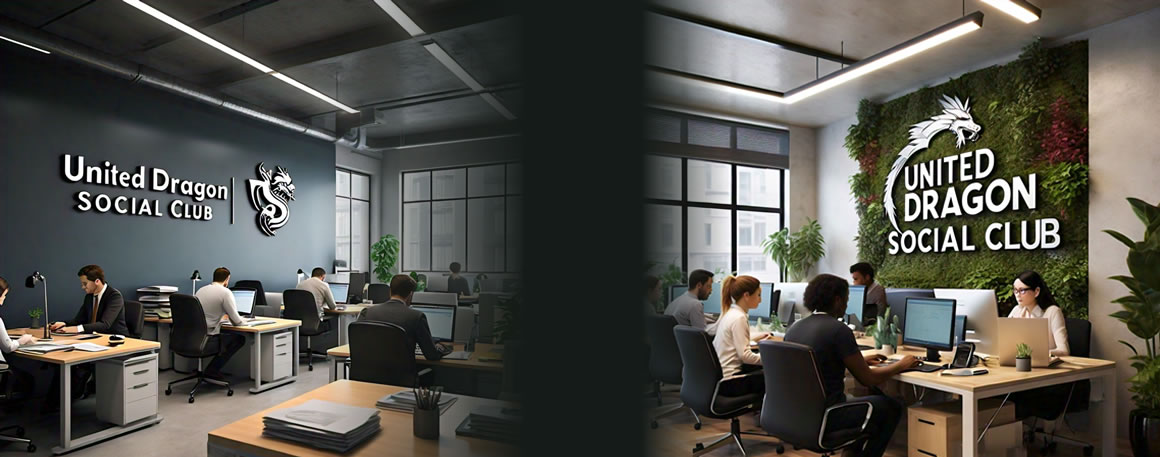
Mission Statement
To create a cohesive and supportive community where every partnership brings about meaningful change and every service we offer uplifts and empowers individuals and organizations alike.
1. TO SUPPORT ONE ANOTHER IN ALL LIFE’S ENDEAVORS means to be there for each other and provide assistance, encouragement, and help in pursuing and achieving various goals, challenges, and ambitions throughout life. It implies a commitment to mutual aid, sharing burdens, celebrating successes together, and offering guidance and comfort during difficult times. This support can encompass personal, professional, emotional, and practical aspects of life. Overall, it emphasizes solidarity and teamwork in life’s journey.
2. TO PROVIDE RELIEF MATERIALS AND REHABILITATION SERVICES TO PRISON INMATES means offering essential supplies and support aimed at improving the living conditions and aiding in the recovery and reintegration of individuals who are incarcerated. Relief materials could include basic necessities such as food, clothing, and hygiene products to ensure humane living conditions. Rehabilitation services typically involve programs designed to help inmates develop skills, receive education, address mental health issues, and prepare for eventual reentry into society. This effort aims to support inmates in rebuilding their lives and reducing the likelihood of re-offending.
3. TO CREATE PEACE AND UNITY AMONG MEMBERS AND THE PUBLIC. This entails fostering a harmonious environment where there is mutual respect, understanding, and cooperation among individuals within a group or community, as well as between the group and the general public. This typically involves promoting dialogue, resolving conflicts peacefully, cultivating empathy, and encouraging inclusivity and diversity. It aims to build a sense of community, trust, and solidarity, ultimately leading to a more cohesive and supportive social fabric where people can thrive together harmoniously.
4. TO PROMOTE THE WELFARE AND PROGRESS OF MEMBERS OF THE CLUB This involves key aspects: welfare, progress and advocacy.
1. *Welfare:* This includes ensuring the well-being and quality of life of club members. It may involve providing support in terms of health, safety, and basic needs, as well as fostering a supportive community environment where members feel valued and cared for.
2. *Progress:* This pertains to facilitating personal growth, development, and achievement among club members. It could involve offering educational opportunities, skill-building workshops, mentorship programs, and career development initiatives to help members advance professionally and personally.
3. *Advocacy:* Advocating for the interests and rights of members within the club and possibly in broader society. This might include lobbying for policies that benefit members, promoting equal opportunities, and addressing issues that affect their well-being and progress.
Overall, the goal is to create an environment where club members can flourish, both individually and collectively, and where their interests, aspirations, and needs are supported and promoted.
5. TO CREATE JOB OPPORTUNITIES FOR THE JOBLESS SKILLFUL NIGERIAN YOUTH. This involves initiatives aimed at addressing unemployment among young Nigerians who possess valuable skills but lack opportunities for meaningful employment. Here are several strategies to achieve this goal:
1. *Skill Development:* Provide training programs and vocational education that equip youth with in-demand skills aligned with market needs.
2. *Entrepreneurship Support:* Offer support for youth entrepreneurship by providing access to mentorship, startup capital, and business development services.
3. *Industry Partnerships:* Foster partnerships with industries and businesses to create internship programs, apprenticeships, and entry-level positions for youth.
4. *Government Support:* Advocate for policies and initiatives that encourage job creation, such as tax incentives for businesses hiring youth or subsidies for youth employment programs.
5. *Networking and Job Placement:* Establish platforms and networks that connect skilled youth with potential employers, including job fairs, online job portals, and networking events.
6. *Community Engagement:* Engage local communities and stakeholders to raise awareness of job opportunities and support available for youth employment.
By implementing these strategies, the goal is to empower Nigerian youth by providing them with the necessary skills, resources, and opportunities to secure gainful employment and contribute positively to the economy and society as a whole.
TO ORGANIZE SEMINARS, SYMPOSIUM AND CONFERENCES TO ENHANCE THE YOUTHS POTENTIALS . Organizing seminars, symposiums, and conferences is a great way to enhance youth potentials. These events provide platforms for learning, networking, and skill development, empowering young people to explore new ideas, gain knowledge, and connect with experts in their fields. They also foster leadership qualities and inspire innovation, ultimately contributing to the personal and professional growth of youth participants.
7. TO ASSIST AND CATER FOR THE NEEDY AND THE LESS PRIVILEGED MEMBERS OF THE SOCIETY AND PROVIDE EMPOWERMENT PROGRAMMES FOR THEM. Activities such as setting up empowerment programs, offering education and skill-building opportunities, or providing direct assistance like food or shelter.
8. TO ENTER INTO PARTNERSHIP WITH ASSOCIATIONS, ORGANIZATIONS AND CLUBS WITH SAME AIMS AND OBJECTIVES. This can be done through the following steps:
a. *Research and Identify Potential Partners*: Look for organizations that share similar goals and missions to yours. This could involve researching online, attending networking events, or seeking referrals from mutual contacts.
b. *Contact and Initiate Discussions*: Reach out to the identified organizations to discuss the possibility of partnership. This can be done via email, phone calls, or through scheduled meetings.
c. *Outline Mutual Benefits*: Clearly articulate what each party stands to gain from the partnership. This might include shared resources, expanded reach, combined expertise, or increased funding opportunities.
d. *Negotiate Terms*: Define the terms of the partnership agreement, including roles and responsibilities, financial contributions (if any), duration of the partnership, and mechanisms for dispute resolution.
e. *Formalize Agreement*: Once both parties agree on the terms, formalize the partnership through a written agreement or contract. This document should be reviewed by legal counsel to ensure clarity and fairness to both parties.
f. *Implement and Monitor*: Execute the activities outlined in the partnership agreement and regularly monitor progress towards shared goals. Maintain open communication with your partner(s) to address any issues that may arise.
g. *Evaluate and Adjust*: Periodically evaluate the partnership’s effectiveness and make adjustments as necessary to ensure it continues to meet the needs and objectives of both organizations. we can effectively enter into partnerships that align with our organization’s aims and objectives, fostering collaboration and mutual success.
9. TO CREATE EFFECTIVE PARTNERSHIP WITH LOCAL GOVERNMENTS, STATE GOVERNMENTS, FEDERAL GOVERNMENT AND CIVIL SOCIETY ORGANIZATIONS ON BOTTOM – UP STRATEGIES TO CHANGE THE QUALITY OF LIVES OF THE PEOPLE To effectively achieve this, we will consider these steps:
a. *Build Relationships:* Establish open lines of communication and foster trust with all stakeholders involved.
b. *Define Common Goals:* Clearly outline shared objectives and priorities that align with improving the quality of life for the community.
c. *Collaborative Planning:* Engage in joint planning sessions where each partner contributes their expertise and resources to develop comprehensive strategies.
d. *Resource Mobilization:* Coordinate efforts to pool resources effectively, leveraging financial, human, and material assets available from each partner.
e. *Community Engagement:* Prioritize community involvement and participation in decision-making processes to ensure initiatives meet local needs and preferences.
f. *Monitor and Evaluate:* Implement mechanisms for monitoring progress and evaluating the impact of strategies, allowing for adjustments based on feedback and outcomes.
g. *Advocacy and Policy Influence:* Work collectively to advocate for supportive policies and regulations at all levels of government to sustain long-term impact.
h. *Capacity Building:* Invest in building the capacity of local organizations and government agencies to independently sustain and scale initiatives over time.
By focusing on these elements, we can foster effective partnerships that empower communities and drive meaningful improvements in quality of life
